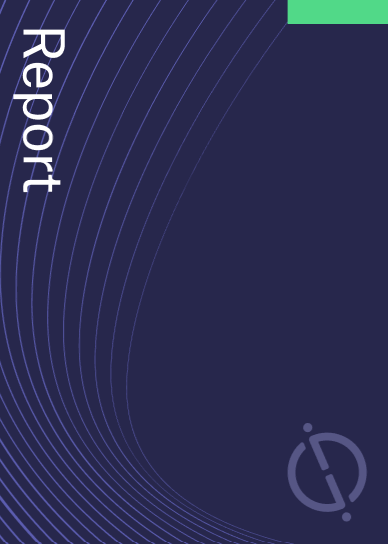Netskope had 21 patents in cybersecurity during Q1 2024. Netskope Inc’s patents in Q1 2024 focus on enhancing security enforcement and anomaly detection in computer networks. The technologies include reducing errors in security enforcement by classifying connection requests, detecting phishing attacks by analyzing webpages and intercepting requests, anomaly detection through pairwise distance matrix computation, and distributed routing and load balancing in dynamic service chains. Additionally, there is a focus on configuring IoT devices for policy enforcement by steering outbound network traffic to an inline secure forwarder for routing to a policy enforcement point. GlobalData’s report on Netskope gives a 360-degree view of the company including its patenting strategy. Buy the report here.
Netskope grant share with cybersecurity as a theme is 47% in Q1 2024. Grant share is based on the ratio of number of grants to total number of patents.
Recent Patents
Application: Selective deep inspection in security enforcement by a network security system (NSS) (Patent ID: US20240089297A1)
The technology disclosed in this patent application by Netskope Inc. focuses on enhancing security enforcement by a network security system (NSS) through the classification of incoming connection access requests as either loss prevention inspectable or connection preserving based on their conformance with HTTP and HTTPs protocols. The NSS then forwards the loss prevention inspectable requests to a data inspection server for deep inspection, while directly sending connection preserving requests to the destination servers to prevent connection termination and error generation. The method involves receiving connection access requests, comparing them to a bypass list, classifying them, and processing them accordingly based on the classification.
The system described in the patent application includes an endpoint routing client on client devices and a data inspection server. The endpoint routing client identifies connection access requests, classifies them as loss prevention inspectable or bandwidth conservable, and processes them accordingly. The data inspection server receives a subset of connection access requests classified as loss prevention inspectable, processes them by forwarding an inspection subset for deep inspection by a DILPA and sending a non-inspection subset to the destination server. The system also involves deep inspection by the DILPA, bypassing deep inspection for certain data packets, and managing a bypass list for efficient processing. Overall, the technology aims to reduce errors in security enforcement by streamlining the processing of connection access requests based on their classification, ultimately enhancing network security.
To know more about GlobalData’s detailed insights on Netskope, buy the report here.
Data Insights
From

The gold standard of business intelligence.
Blending expert knowledge with cutting-edge technology, GlobalData’s unrivalled proprietary data will enable you to decode what’s happening in your market. You can make better informed decisions and gain a future-proof advantage over your competitors.







